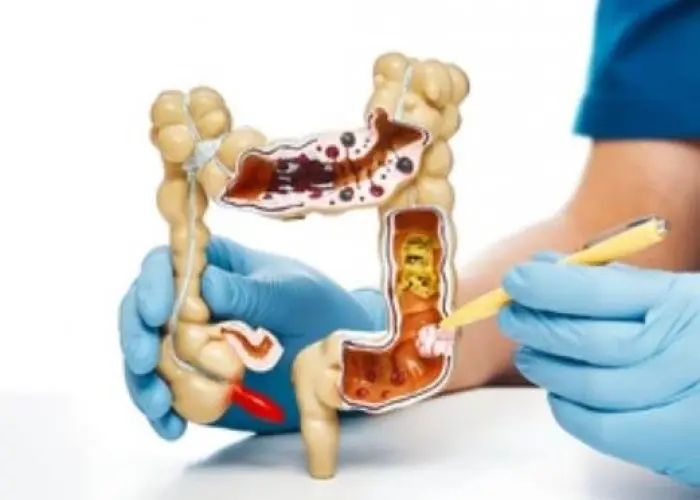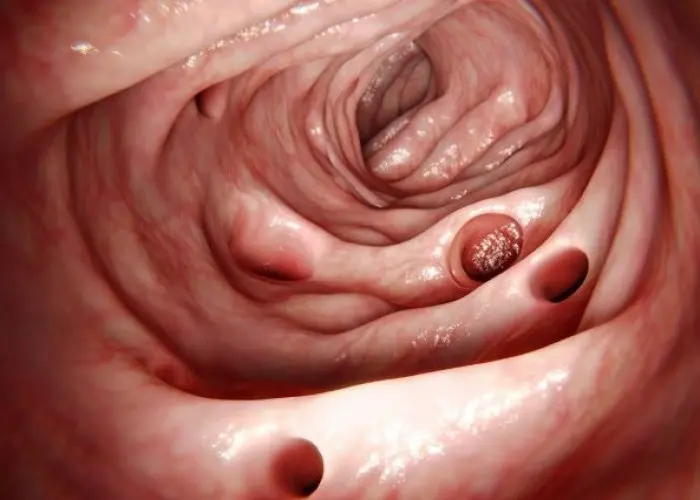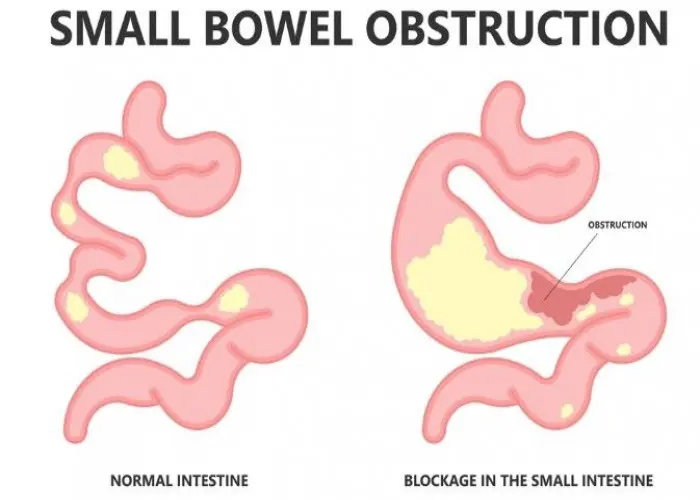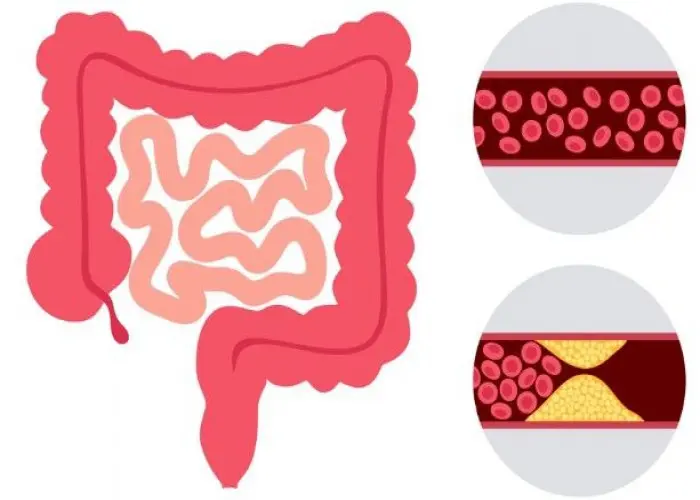 Welcome
Welcome
“May all be happy, may all be healed, may all be at peace and may no one ever suffer."
- A
- B
- C
- D
- E
- F
- G
- H
- I
- J
- K
- L
- M
- N
- O
- P
- Q
- R
- S
- T
- U
- V
- W
- X
- Y
- Z
Large intestine - Diseases
The large intestine, also known as the colon, is the final section of the digestive system in humans and some other animals. It is approximately 1.5 meters long and 6.5 centimeters in diameter. The large intestine starts at the end of the small intestine and ends at the anus.
The primary functions of the large intestine are to absorb water and electrolytes from the remaining indigestible food matter, known as feces, and to store and eliminate these waste products from the body. The large intestine is also home to millions of bacteria that aid in the final stages of digestion, breaking down certain undigested carbohydrates and producing vitamins like vitamin K.
The large intestine is divided into four main sections: the ascending colon, the transverse colon, the descending colon, and the sigmoid colon. These sections work together to propel fecal matter towards the rectum, where it is stored until it is eliminated from the body during a bowel movement.

Eardrum

Bulbourethral glands

Urethra

Retina Eye

Jejunum intestine

Ovaries

Appendix
Muscles of breathing
Large intestine, Large intestine function, Parts of large intestine, বড় অন্ত্র
To be happy, beautiful, healthy, wealthy, hale and long-lived stay with DM3S.










